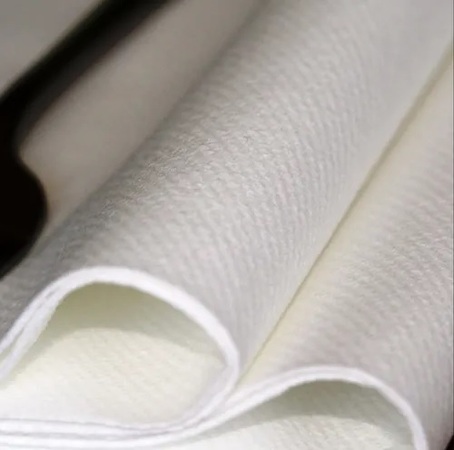
The global market for rheumatoid arthritis treatments is expected to grow at a CAGR of...
Learn More
Our consulting solutions address company specific challenges with respect to micro environment...
Learn More
Organizations frequently need day-today research guidancein order to gain strategic...
Learn More
Exploring different areas of market research and market analysis is a key factor...
Learn MoreAcute Market Reports presents the most extensive global business research services across industries. Our research studies focus on potential outcomes, benefits, and risks associated with each market segment across geographies. Having served our global clients for more than 10 years, our prime priority is to enable our clients in making well-informed business decisions through a data-driven, analytical, and uncomplicated research approach.
We provide access to the world's most comprehensive, analytical, and updated business intelligence services and solutions.




The regenerative thermal oxidizer (RTO) market is projected to witness significant growth during the forecast period of 2025-2033, with a compound annual growth rate (CAGR) of over 4.5%. RTO is a type of air pollution control technology used to reduc...
Read More
The reishi mushroom market is expected to grow at a CAGR of 12.5% during the forecast period of 2025 to 2033, driven by increasing consumer awareness of its health benefits, incorporation into pharmaceuticals and nutraceuticals, and rising demand for...
Read More
The air-laid paper napkin market is expected to experience a CAGR of 5.5% during the forecast period of 2025 to 2033. Air-laid paper napkins are high-quality disposable napkins made from a combination of air and pulp fibers. They are widely used in t...
Read More




